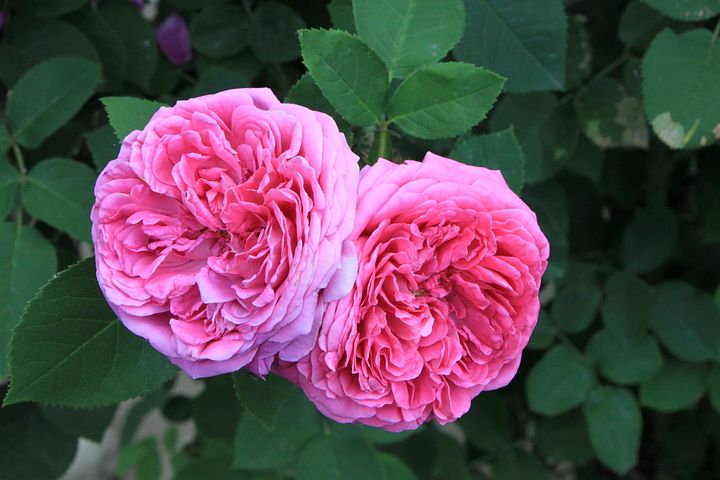Rose water! Where does it come from? How is it made? How can I use it? Let’s talk about it!
Rose water has become increasingly popular, particularly in health and beauty products, in recent years in North American and European countries. Despite its relatively recent popularity in those areas, however, rose water – and the roses it comes from – have been around for centuries, where they have been an essential component in cosmetics, medicines, and food flavoring since at least 500 BCE.

Where is rose water from?
Roses and rose water originated in ancient Persia (modern-day Iran). As the empires of those days fought, territories traded hands and trading routes shifted, moving roses and rose water moved across the Arab World and into South Asia (and modern-day Pakistani cooking).
Roses continue to be cultivated across Iran, but the central Iranian area of Kashan is the major producer of roses and rose water. Kashan sits in the heart of the desert and is irrigated through a maze of ancient underground aqueducts that bring spring water to the roses. An annual rose water festival in Qamsar, Kashan, highlights the traditional methods of rose water production.
How is rose water made?
Traditional methods of rose water production use distillation through clay pots and metal pipes to maintain the rose fragrance while removing impurities. Rose petals are boiled in water, creating a rose vapor that is then returned to a liquid state through condensation. Many producers have shifted to industrial methods, but the traditional process still takes place in some parts of Iran.
Feeling adventurous? You can try making rose water using traditional distillation methods at home!
Stay tuned for next week’s post – fun uses for rose water! In the meantime, check out Tacostan’s recipes that use rose water.
